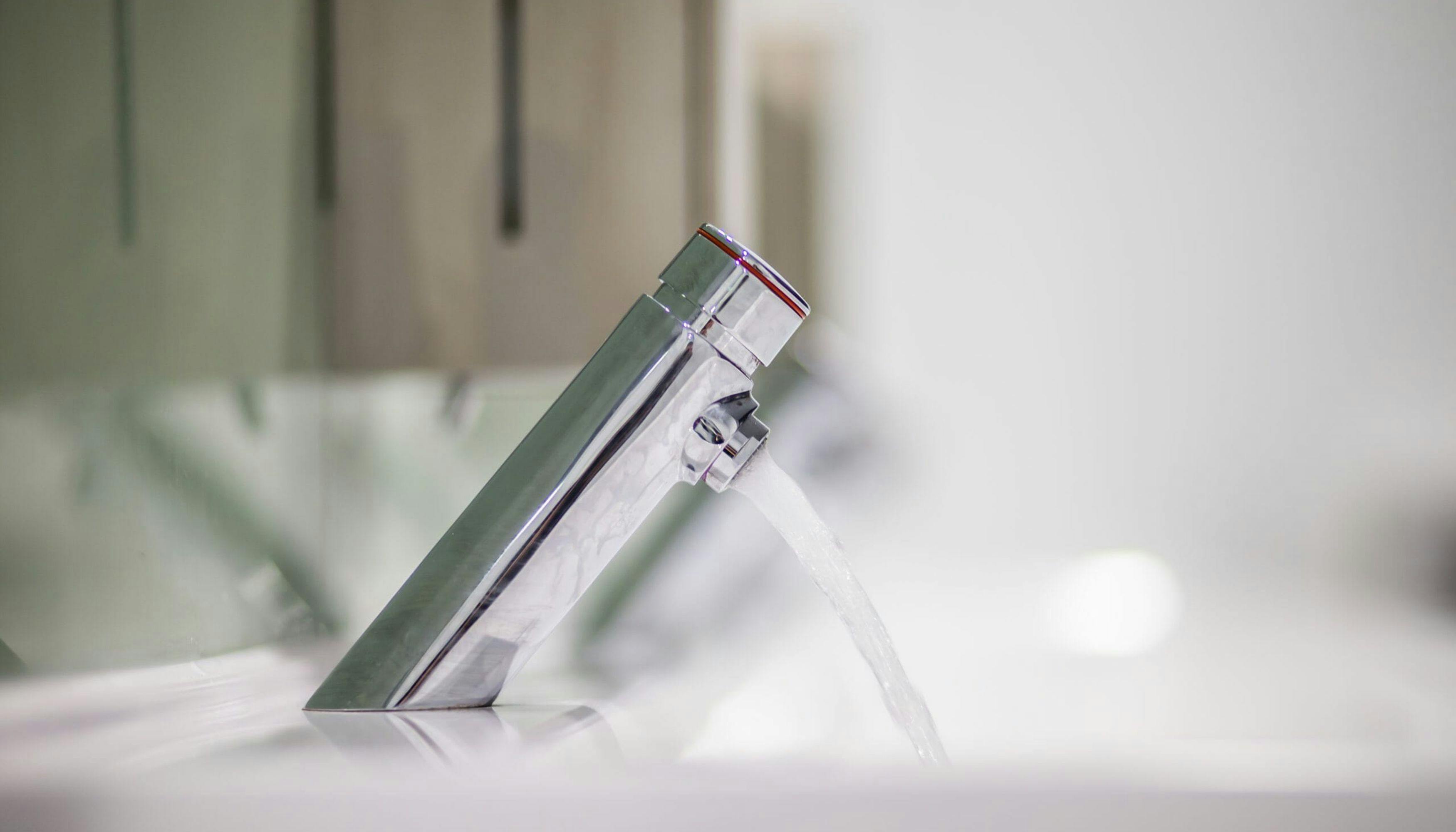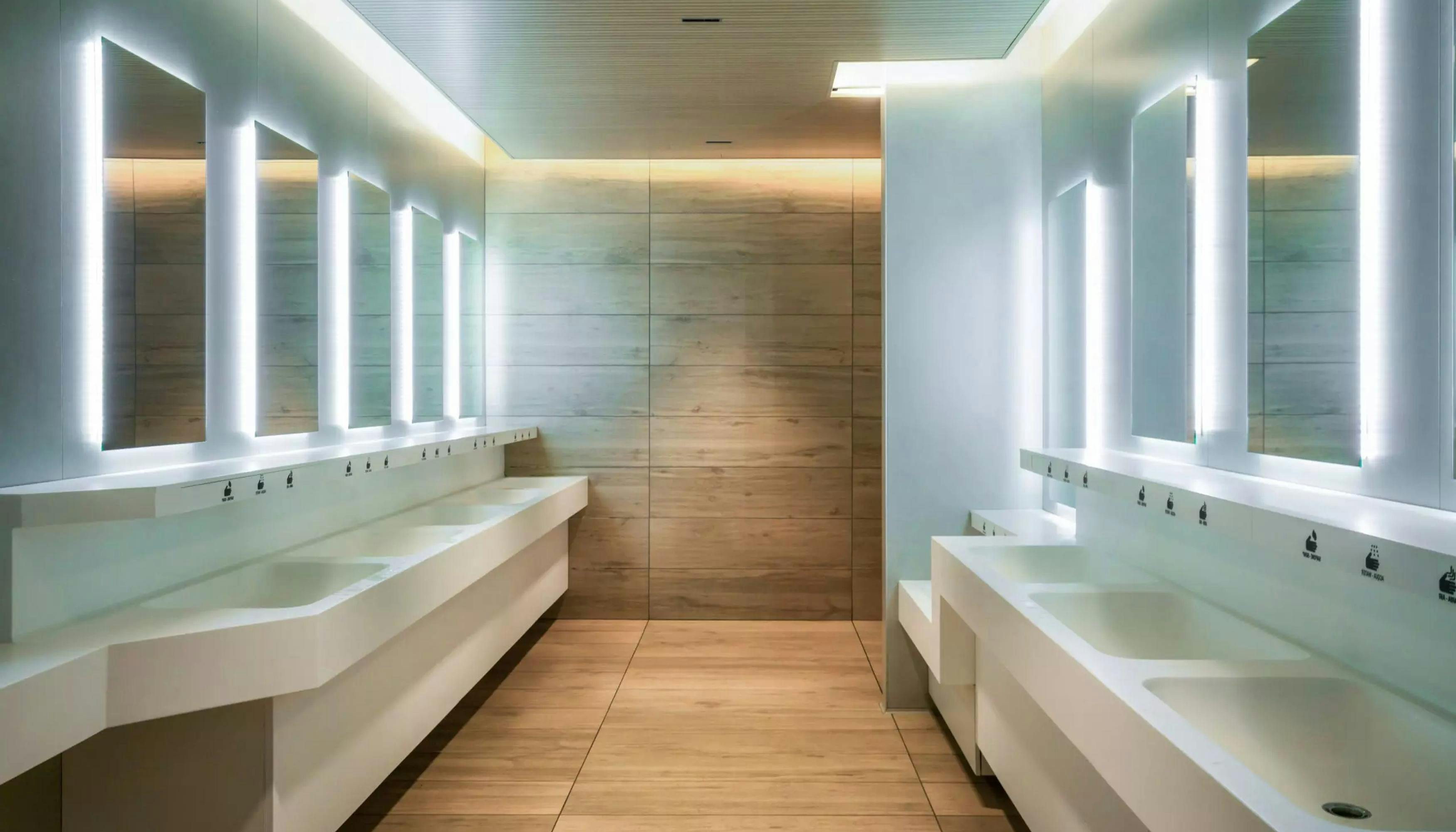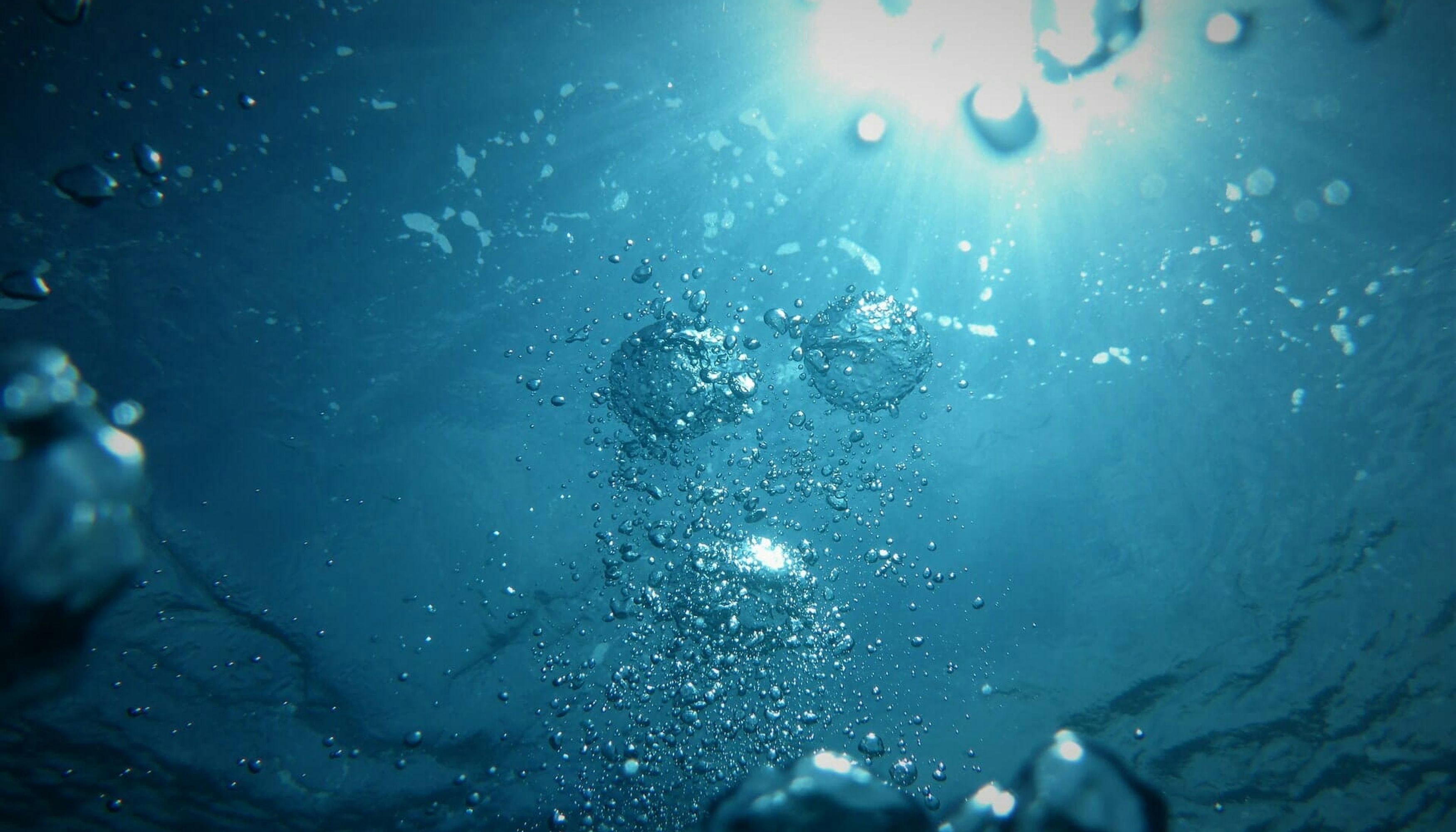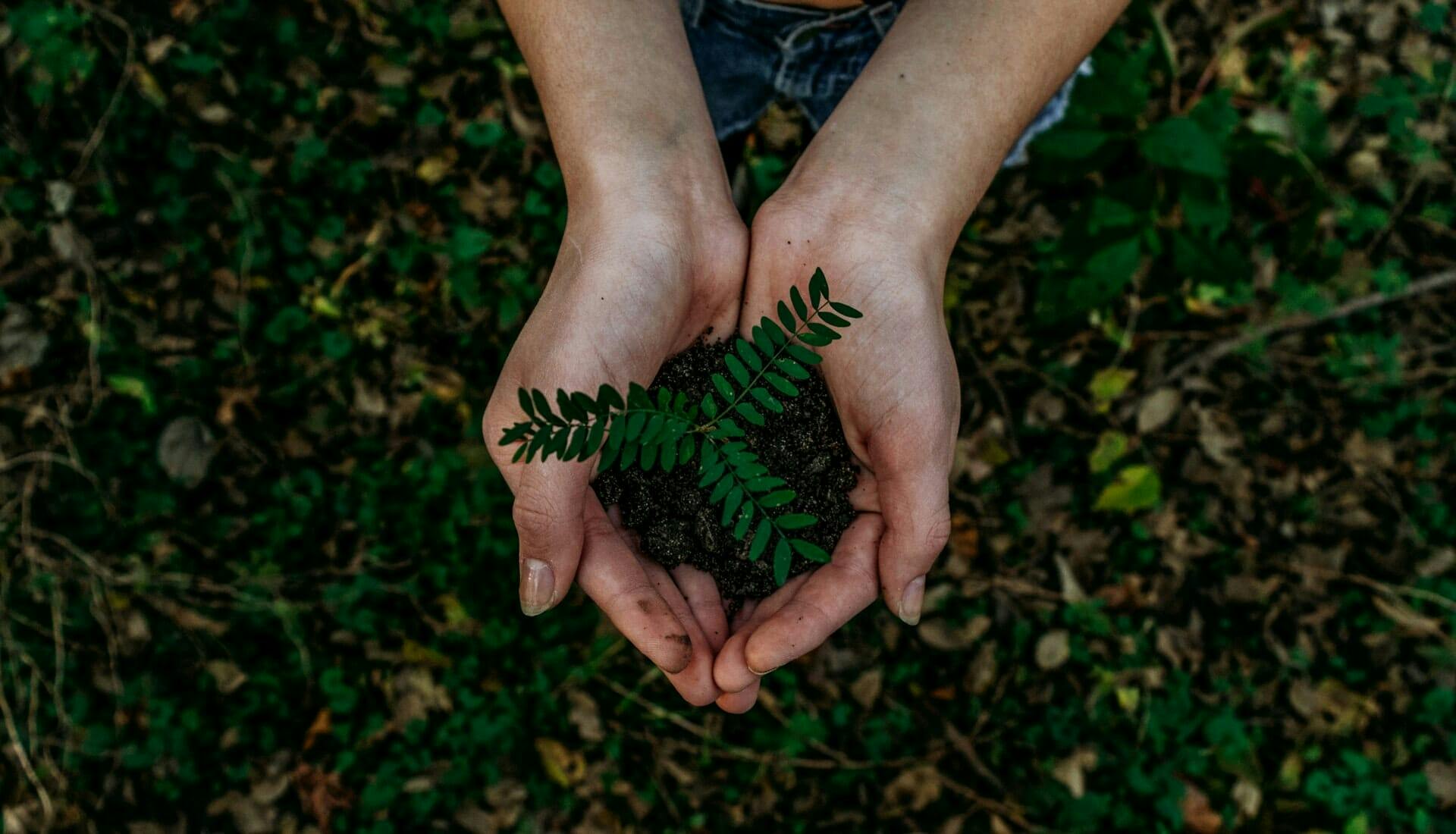Every business has a duty to make sure its carbon footprint is as small as possible. Eco-friendliness comes in various forms from using renewable energy to encouraging recycling. Though as an essential part of your building, your washrooms can also play their part too. After all, washrooms use a variety of the Earth’s resources including water, electricity (which is harnessed from naturally derived sources), and trees which are chopped down to make toilet paper.
If you are looking to make your washroom more eco-friendly, here are our top tips as national installers of washrooms across the UK.
Taps
In our homes, we are encouraged not to keep the tap running while we brush our teeth to save water. The way we use washrooms is slightly different, but that doesn’t mean to say water still can’t be saved.
One of the best ways to control water waste is to put a device on the tap, that limits the amount of water that will be released after the tap mechanism has been activated. This style of tap is known as a self-closing tap, which as the name suggests means it will turn itself off once it has dispensed a set amount of water. If the user requires more water, the mechanism will need to be activated again, rather than the tap being able to run indefinitely.
Automatic sensor taps save precious water while also being more hygienic too, which is why they are so great for washroom use. The water will only be dispensed when the motion sensor detects movement in front of it, and when the user’s hands are removed, the water flow will automatically cease.

Lighting
Lightbulbs which are poorly performing will emit more energy through heat loss than actual light. The aim is to reduce this as much as possible, which will also cut your energy bills in the process.
Lights which only switch on when motion is detected are an excellent investment. They also remove the responsibility from the user, as lights can easily be left switched on, especially in a school environment where washrooms are commonplace. The actual bulbs should also be of an eco-friendly wattage. Remember, you’re lighting a washroom not a stage! It’s so easy to go overkill with lighting, which can seriously ramp up your energy consumption.
If you’re planning a washroom makeover anytime soon, then ask your contractor about the possibility of incorporating more natural light into the room. The combination of natural light and eco-friendly lighting will attack the issue from both ends of the spectrum.

Water Wastage
Aside from your taps, your toilets are another key aspect of your washroom which can make or break your green credentials. In particular, older toilets are notoriously bad for water consumption, with toilets made before 1993 requiring 9.5 litres of water per flush. Not only do newer toilets use less water, but they also have different flush options which cut down the amount of water consumed even more.
Leaky toilets are also a hidden issue, wasting between staggering 200 and 400 litres a day, according to Water Wise. As well as getting leaky toilets fixed quickly, you should also consider replacing them, especially if it’s a recurring problem or the units have reached the end of their lifespan.
Blockages can also require a huge amount of water to fix. Putting up signs about what not to flush can help prevent the problem. Though, blockages are usually not helped by old drainage systems which aren’t efficient. So this is another area to look at if you haven't already.

Eco-friendly washroom fit outs by Inspired Washroos
Interested in making your washrooms more eco-friendly? Inspired washrooms install across Nottingham, Derby, Leicester and the rest of the UK. We cover a range of different installation types, and we’d be happy to advise on the most eco-friendly solutions to suit your needs.
With 15 years of commercial washroom experience, we’re ready and waiting to help you with your project! Please get in touch on 0115 811 4242 and we'll be in touch.

